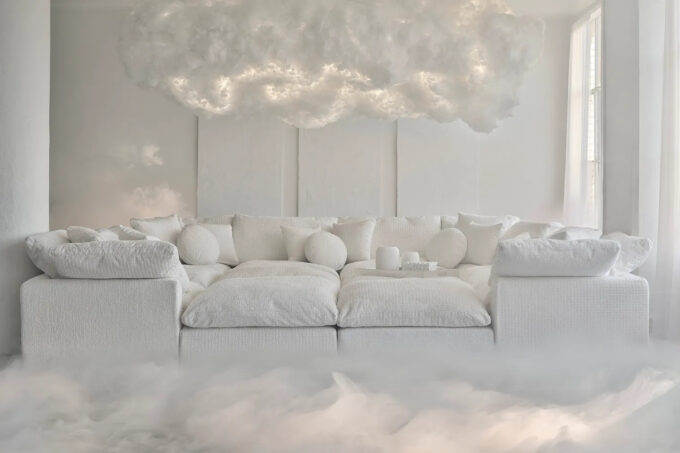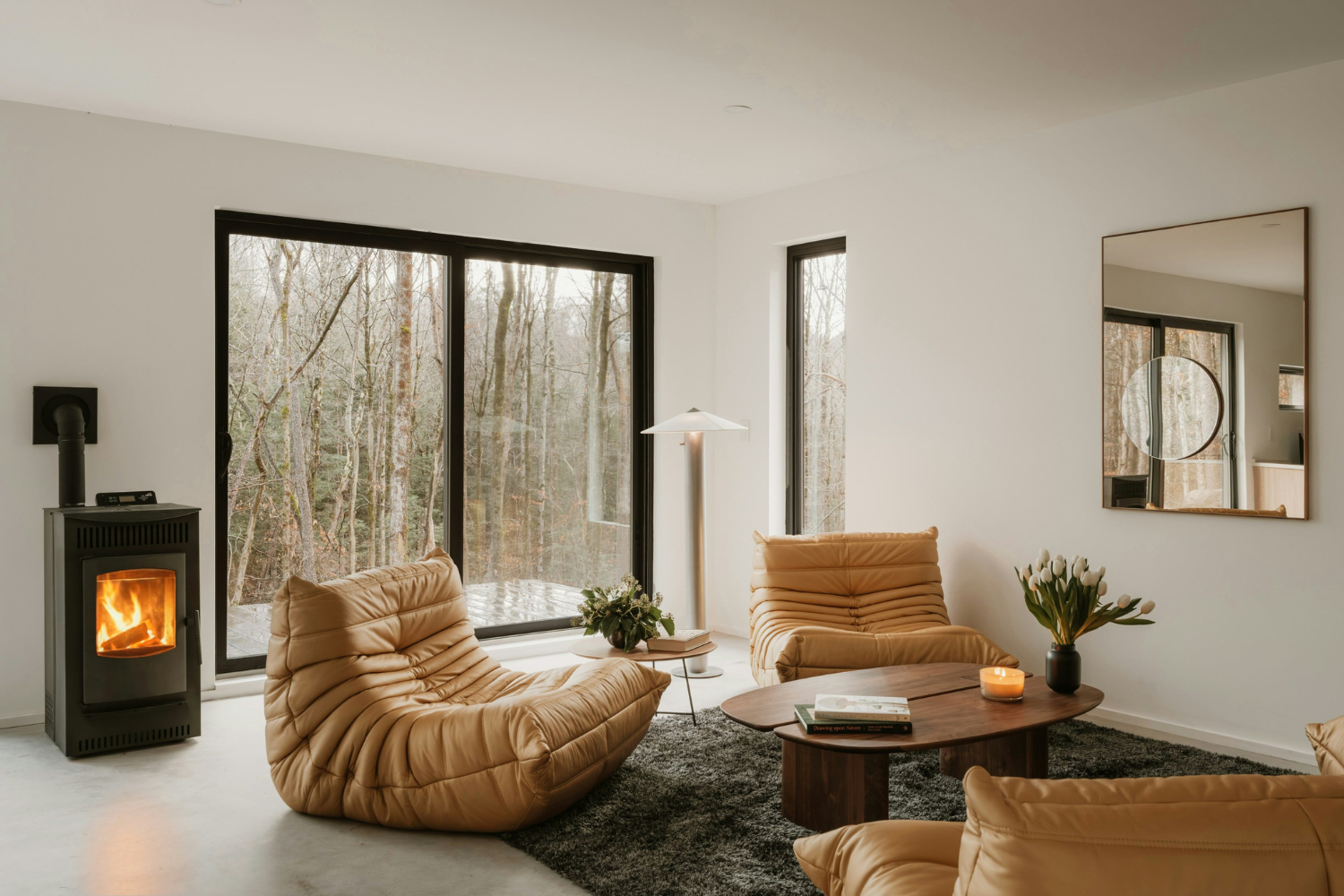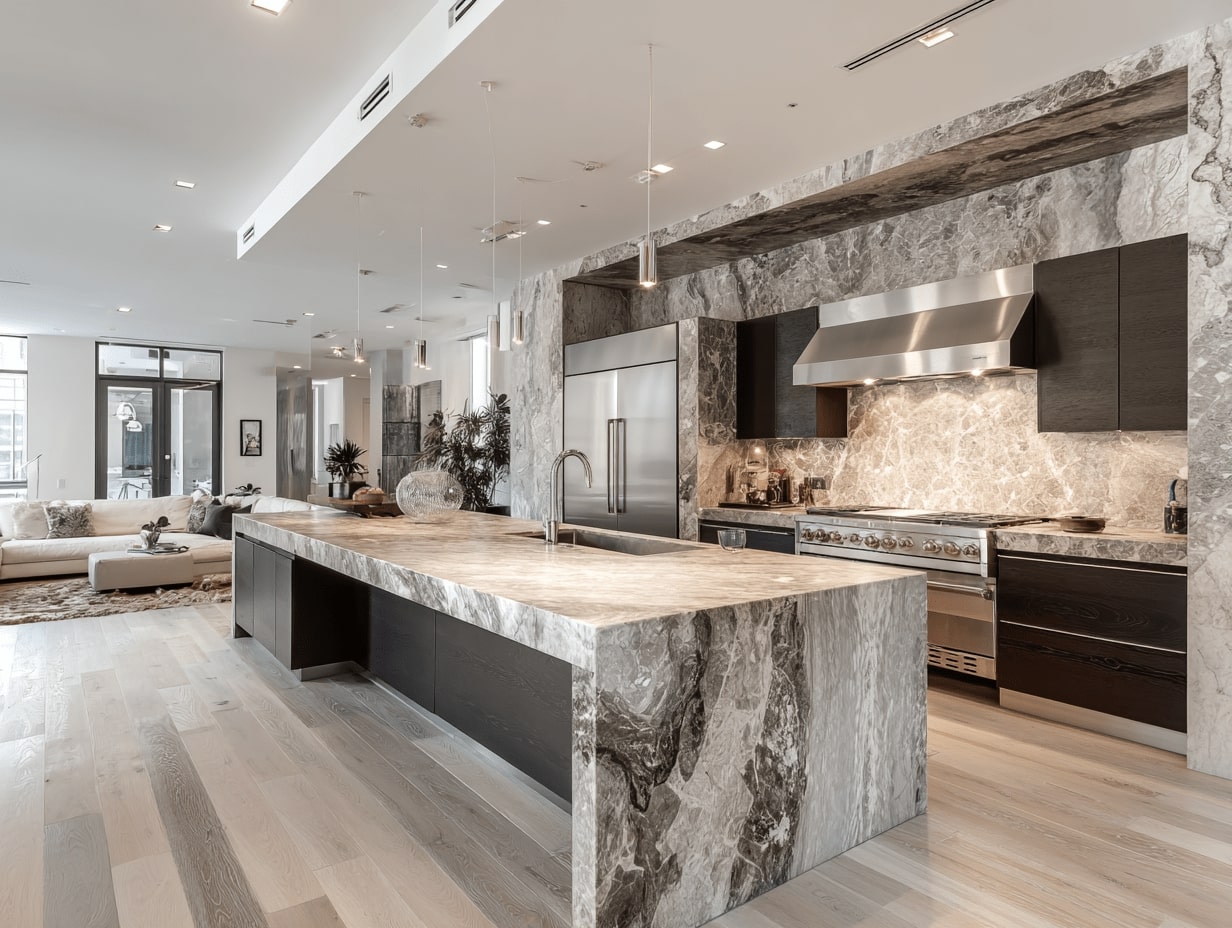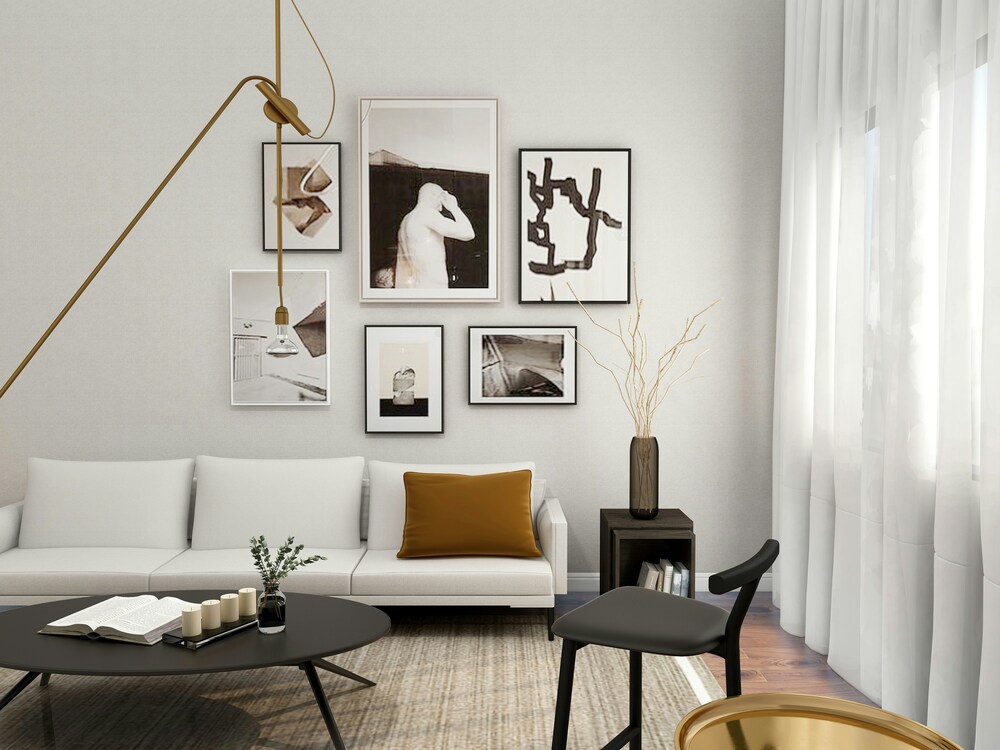- Home
- Articles
- Architectural Portfolio
- Architectral Presentation
- Inspirational Stories
- Architecture News
- Visualization
- BIM Industry
- Facade Design
- Parametric Design
- Career
- Landscape Architecture
- Construction
- Artificial Intelligence
- Sketching
- Design Softwares
- Diagrams
- Writing
- Architectural Tips
- Sustainability
- Courses
- Concept
- Technology
- History & Heritage
- Future of Architecture
- Guides & How-To
- Art & Culture
- Projects
- Interior Design
- Competitions
- Jobs
- Store
- Tools
- More
- Home
- Articles
- Architectural Portfolio
- Architectral Presentation
- Inspirational Stories
- Architecture News
- Visualization
- BIM Industry
- Facade Design
- Parametric Design
- Career
- Landscape Architecture
- Construction
- Artificial Intelligence
- Sketching
- Design Softwares
- Diagrams
- Writing
- Architectural Tips
- Sustainability
- Courses
- Concept
- Technology
- History & Heritage
- Future of Architecture
- Guides & How-To
- Art & Culture
- Projects
- Interior Design
- Competitions
- Jobs
- Store
- Tools
- More
Minimalist Spaces: How to Create and Care for Your Simplified Interiors
Discover how to maintain a serene minimalist interior design with our guide on decluttering, organizing, and making mindful purchases. Learn effective strategies to keep your space clutter-free and functional, ensuring your minimalist home stays beautiful and adaptable long-term.

Embracing minimalist interior design is like hitting the reset button on your home’s aesthetics. It’s about stripping down to the essentials, creating a space that’s both serene and stylish. We’re here to guide you through the process, showing you how to transform your living space into a minimalist haven.
The key to nailing minimalist design isn’t just about what we choose to include, but also what we decide to leave out. It’s about making intentional choices, focusing on quality over quantity. Let’s dive into the world of minimalist design together, discovering how simplicity can indeed be the ultimate sophistication.

Table of Contents
ToggleUnderstanding Minimalist Interior Design
In our journey toward creating serene and sophisticated spaces in our homes, it’s essential to dive deep into what minimalist interior design truly entails. This design philosophy hinges not just on reducing clutter but on emphasizing the beauty of simplicity and functionality. Let’s explore the core of minimalism and its key elements.
What is Minimalism?
Minimalism in interior design is more than just a style; it’s a way of living. It advocates for a space that reflects clarity, purpose, and intentionality. By choosing to live with fewer possessions, we embrace a lifestyle that is free from the chaos of excess. Minimalist design focuses on the idea of less is more, highlighting the essentials so that they are the most effective in serving both function and form.
At its core, minimalism is about creating space to breathe and move freely, encouraging us to live simply and focus on our wellbeing. It’s about stripping away the unnecessary, leaving room for what truly matters. In minimalist design, every piece of furniture, decor, or artwork serves a purpose, eliminating the distraction of non-essential items and focusing on the beauty of simplicity.
Key Elements of Minimalist Interior Design
To achieve a minimalist interior, understanding and implementing its key elements is critical. Here are some foundational aspects:
- Simplicity in Form and Function: Every item in a minimalist space should be both functional and simple in design. This dual focus ensures that spaces are not only beautiful but practical.
- Monochromatic Color Schemes: Minimalist designs often feature neutral or monochromatic color palettes. These colors create a calm, cohesive look, and feel throughout the space, enhancing the sense of tranquility.
- Quality Over Quantity: In minimalist interiors, the focus is on selecting fewer items but of higher quality. This not only reduces clutter but also means that each piece can make a significant impact on the overall design.
- Clean Lines and Open Spaces: The use of clean lines and the emphasis on open spaces are hallmarks of minimalist design. Furniture with sleek, straight lines and open areas encourage a feeling of openness and clarity.
- Minimal Decoration and Accessories: Minimalist design minimalist decorations or accessories, focusing instead on the architectural elements of the space. When decorations are used, they’re chosen for their ability to complement and enhance the overall design aesthetic.
- Natural Light: Emphasizing ample natural light is another crucial element. Large windows and unobstructed light sources brighten the space naturally, highlighting the design’s simplicity and warmth.
- Art: Incorporate art that reflects the simplicity and functionality of the space. A custom paint by number kit allows you to create personalized artwork that matches your decor and embodies the minimalist spirit, adding a personal touch without overwhelming the space.
By integrating these key elements, we can craft spaces that not only reflect minimalist principles but also offer a sanctuary of simplicity and elegance in our homes.

Planning Your Minimalist Home
Creating a minimalist interior design goes beyond choosing furniture and picking colors. It’s about cultivating an environment that embodies simplicity, functionality, and tranquility. As we delve into planning our minimalist home, it’s important to focus on the elements that truly define the essence of minimalism.
Decluttering is a critical step in achieving a harmonious and tranquil atmosphere within minimalist spaces, allowing for both functionality and aesthetic appeal to thrive.
Setting a Color Palette
The color palette of a minimalist home plays a crucial role in achieving the desired serene and cohesive look. We want to emphasize the importance of neutral colors as they form the perfect backdrop for a minimalist space. Neutral colors are not just black, white, and shades of gray, but also include subtle hues like soft beiges and muted pastels. These colors help in creating an illusion of more space, enhance natural light, and offer a sense of calm and simplicity.
To successfully implement a minimalist color palette, we should:
- Stick to a base color that’s neutral and can easily blend with elements in the room
- Choose one or two accent colors for small pops of personality
- Apply the 60-30-10 rule where 60% of the room is the dominant color, 30% is the secondary color, and 10% is for accent
Using a consistent color palette throughout the home not only simplifies the design process but also ensures that each room flows smoothly into the next.
Decluttering and Simplifying Spaces
At the heart of minimalist interior design is the ethos of less is more. Decluttering is a critical step in creating a minimalist home. It’s about removing items that don’t serve a function or add value to our lives, thus freeing up space and creating a more open and breathable environment.
Here are some practical tips for decluttering and simplifying spaces in our homes:
- Start with one room at a time to avoid being overwhelmed
- Use the box method where we put items in a box for a few months and only keep those we’ve taken out and used
- Ask ourselves if each item sparks joy or is absolutely necessary
- Incorporate hidden storage solutions to maintain a clutter-free appearance
- Opt for quality over quantity in choosing furniture and decorations that align with our minimalist aesthetic
By decluttering and carefully selecting each piece of furniture and décor, we can create a home that truly reflects the minimalist philosophy — a home that is simple yet sophisticated, functional yet beautiful.

Selecting Minimalist Furniture and Decor
In our journey to embrace minimalist interior design, selecting the right furniture and decor plays a pivotal role. It’s not just about choosing pieces that are simple or understated, but about finding those that embody both functionality and elegance, reflecting the minimalist ethos of “less is more.”
Choosing Essential Pieces
When it comes to minimalist design, every piece of furniture should serve a purpose. We recommend starting with the essentials and gradually building your space around these key items. Here’s a quick guide to help you identify what’s crucial:
- Sofa: Opt for a sleek, comfortable model that complements the room without dominating it.
- Coffee Table: Look for clean lines and simple shapes. A table with storage can also help reduce clutter.
- Bed: Choose a simple frame, one that provides support and comfort without unnecessary adornments.
- Dining Set: Select a set that fits your space perfectly, avoiding oversized pieces. A table with extendable leaves can offer flexibility without compromising your minimalist aesthetic.
Remember, it’s about quality over quantity. Investing in a few, well-crafted pieces can elevate your space and last longer, ultimately adhering to the minimalist principle of sustainability.
Incorporating Natural Elements
Incorporating natural elements into your minimalist design can add warmth and texture, bringing a sense of calm to your space. We suggest integrating these elements subtly through various mediums:
- Wood: Opt for furniture or accents in natural wood tones to introduce warmth.
- Plants: A few well-placed indoor plants can breathe life into your minimalist space. Choose low-maintenance species that thrive indoors.
- Natural Light: Maximizing natural light not only makes spaces appear larger but also enhances the minimalist appeal. Use sheer, light window treatments to allow light to filter through softly.
Incorporating natural elements is not just a design choice; it’s a step towards creating a tranquil environment where simplicity and nature coexist harmoniously. Through thoughtful selection and placement, these elements can elevate the minimalist aesthetic of your home, making it both inviting and restful.

Maximizing Light and Space
In creating minimalist interior designs, mastering the art of maximizing light and space is crucial. These elements serve not only to enhance the aesthetic appeal of your space but also to promote a sense of well-being and calm. Let’s delve into how we can effectively utilize natural light sources and implement open floor plans to bring our minimalist designs to life.
Utilizing Natural Light Sources
Natural light plays a pivotal role in minimalist interior design. It’s not just about illuminating our spaces; natural light can significantly impact the mood and feel of a room. Here are some effective ways to harness this invaluable resource:
- Maximize Window Space: Ensure windows are unobstructed to allow as much natural light as possible to enter the room. Minimalist window treatments, such as sheer curtains or simple blinds, can provide privacy without compromising on light.
- Use Reflective Surfaces: Incorporating surfaces that reflect light, such as mirrors or glossy finishes on furniture, can amplify the natural light in a room, making the space feel larger and more open.
- Choose Light Colors: Light wall colors and flooring can enhance the brightness of a room by reflecting natural light rather than absorbing it. Opt for shades of white, beige, or light gray to maximize this effect.
Implementing Open Floor Plans
An open floor plan is a hallmark of minimalist interior design, embodying the “less is more” ethos by combining multiple rooms into a single cohesive space. Here’s why open floor plans are beneficial in minimalist designs:
- Enhanced Spaciousness: Removing walls and barriers between rooms creates a sense of expansiveness and fluidity, making even smaller spaces feel larger.
- Improved Social Interaction: Open spaces encourage more social interaction among household members, making the environment more welcoming and communal.
- Versatility in Furniture Arrangement: With fewer constraints, we have more flexibility in furniture placement. This freedom allows us to design our space in a way that best serves our minimalist aesthetic and practical needs.
By strategically utilizing natural light and embracing open floor plans, we can create minimalist interiors that are not only visually appealing but also functional and comfortable. Remember, in minimalist design, the interplay between light and space is everything.

Maintaining a Minimalist Home
Creating a minimalist interior design is only half the battle; the real challenge lies in maintaining the serenity and simplicity of your space over time. This ongoing process requires dedication and a strategic approach towards both decluttering and making new purchases. Let’s explore how we can sustain the minimalist aesthetic through regular decluttering, organization, and mindful purchasing decisions.
Regular Decluttering and Organization
To ensure our minimalist home remains a haven of tranquility, regular decluttering is crucial. It’s not just about creating space but preserving the quality of our living environment. Here’s how we can achieve this:
- Set a Decluttering Schedule: Designate a day each month for decluttering. It keeps the process manageable and prevents clutter from accumulating.
- One In, One Out Rule: Whenever a new item enters our home, we make it a point to remove an equivalent item. This practice helps maintain a balance and discourages unnecessary accumulations.
- Use Clever Storage Solutions: Minimizing doesn’t mean living without. We opt for smart storage solutions that keep items out of sight but within easy reach.
- Categorize Items: Grouping items by category rather than by room can make decluttering more efficient. This approach allows us to see exactly what we have and what we can afford to part with.

Mindful Purchasing Decisions
The essence of maintaining a minimalist home lies in being intentional with our purchases. Mindful purchasing decisions ensure that we only bring items into our home that serve a purpose or spark joy. Here’s how we stay mindful:
- Assess Needs versus Wants: Before making a purchase, we take a moment to consider if it’s truly needed or if it’s just a momentary want. This pause helps prevent impulse buys.
- Quality Over Quantity: We prioritize purchasing items of higher quality that are built to last rather than cheaper, disposable alternatives. Not only does this approach support sustainability, but it also means less frequent replacements.
- Wait it Out: Implementing a waiting period before purchasing an item gives us time to consider its value and necessity in our lives. We’ve found that often, the urge to buy fades with time.
- Multi-functional Items: Whenever possible, we choose items that can serve multiple purposes. This strategy reduces the need for numerous possessions and keeps our space versatile and adaptable.
By adopting these practices, we ensure that our minimalist home not only looks good on day one but continues to serve as a peaceful, clutter-free, and functional environment every day thereafter.
Conclusion
We’ve explored the journey of creating not just a minimalist interior but a lifestyle that reflects simplicity and mindfulness. By embracing regular decluttering, smart purchasing, and innovative storage solutions, we can maintain the tranquility of our minimalist spaces. It’s about making intentional choices that align with our minimalist goals, ensuring our homes remain places of peace and clarity. Let’s commit to these practices, transforming our spaces into enduring sanctuaries of minimalism. Together, we can keep our minimalist designs not only visually appealing but also functionally sustainable for years to come.
Submit your architectural projects
Follow these steps for submission your project. Submission FormLatest Posts
BXB Studio’s Hybrid Interior: Redefining the Modern Architectural Workplace
The Warsaw headquarters of BXB Studio was established in a modest 70...
5 Must-Know Interior Design Trends in American Homes
From warm minimalism to bold oversized artwork, these five interior design trends...
How Open Kitchens Create a Sense of Space Indoors (Without Sacrificing Function)
Open kitchens: see how sightlines, lighting, and smart layouts make rooms feel...
The Revival of Chunky Fiber Crafts in Modern Interior Design
Contemporary interior architecture has shifted away from hard minimalism. After a decade...












Leave a comment